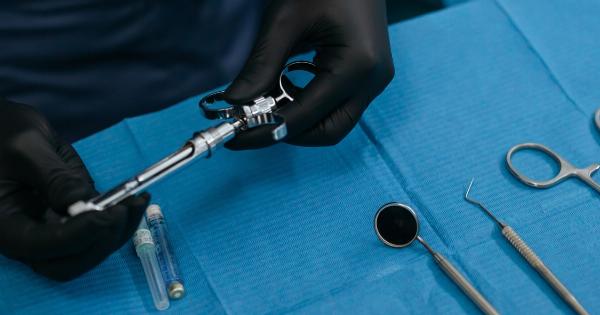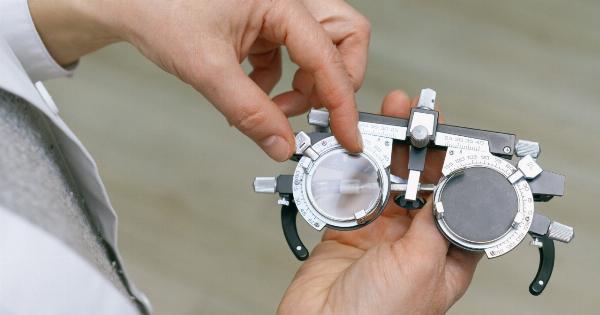Surgery is an important part of modern medicine for treating various medical conditions. For most types of surgery, anesthesia is required to ensure a pain-free experience for the patient.
Anesthesia is a state of temporary loss of sensation or consciousness. The main goal of anesthesia is to provide optimal surgical conditions by preventing pain, reducing anxiety, and providing muscle relaxation.
There are several anesthetic techniques used for surgery, and the choice of method depends on various factors such as the type of surgery, the patient’s age, medical history, and physical condition.
General Anesthesia
General anesthesia is the most common method of anesthesia used for surgery. It involves the administration of drugs that induce a state of temporary unconsciousness and loss of sensation.
The drugs are usually administered through a mask or intravenously. Once the patient is unconscious, a breathing tube is placed into the patient’s airway to ensure adequate ventilation. General anesthesia is safe for most patients when administered by a trained anesthesiologist.
Regional Anesthesia
Regional anesthesia involves the injection of an anesthetic drug near a specific nerve or group of nerves to numb the area of the body being operated on. Regional anesthesia is divided into two categories: spinal and epidural anesthesia.
Spinal Anesthesia
Spinal anesthesia involves the injection of a small amount of anesthetic drug into the fluid surrounding the spinal cord. This method provides rapid onset and complete anesthesia of the lower body.
This method is commonly used for surgeries involving the lower abdomen, pelvis, or lower extremities.
Epidural Anesthesia
Epidural anesthesia involves the injection of anesthetic drugs into the epidural space surrounding the spinal cord. This method provides anesthesia to a larger part of the body, including the lower abdomen, pelvis, and legs.
Epidural anesthesia is commonly used for cesarean deliveries, gastrointestinal surgeries, and orthopedic procedures.
Sedation Anesthesia
Sedation anesthesia is a type of anesthesia that involves the administration of drugs to reduce anxiety and provide pain relief.
This type of anesthesia is typically used for minor surgical procedures such as dental work or diagnostic procedures such as colonoscopies. The patient remains awake but sedated throughout the procedure.
Local Anesthesia
Local anesthesia involves the injection of an anesthetic drug directly into the area of the body where the surgery is being performed. This technique provides numbing of a small, specific area, usually the area around the surgical site.
Local anesthesia is commonly used for small surgical procedures, such as skin biopsies or removal of skin lesions.
Topical Anesthesia
Topical anesthesia involves the application of an anesthetic cream or gel to the skin surface. This technique provides numbing of a small area of skin and is commonly used for minor procedures such as skin injections or laser treatments.
Monitored Anesthesia Care
Monitored anesthesia care (MAC) refers to the use of local anesthesia and sedatives to provide a procedure that is tolerable and comfortable for the patient.
This type of anesthesia is provided by an anesthesiologist or nurse anesthetist and is commonly used for procedures such as colonoscopies, endoscopies, and cataract surgeries.
Conclusion
In conclusion, the choice of anesthetic technique for surgery depends on various factors such as the type of surgery, the patient’s age, medical history, and physical condition.
The anesthesiologist will select the appropriate method of anesthesia to ensure the surgery is conducted safely and effectively while keeping the patient comfortable and pain-free throughout the procedure.





























